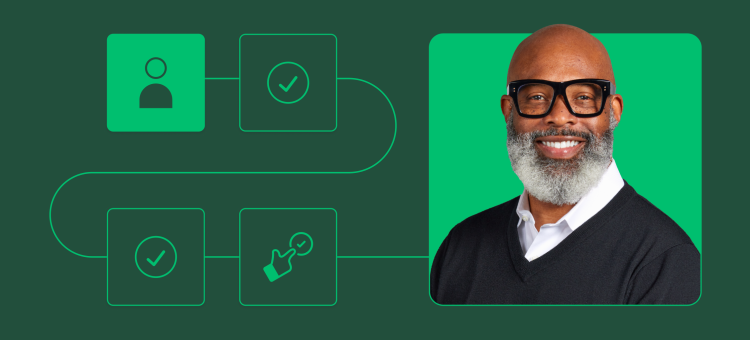Imagine you're running a startup connecting riders with drivers. Your major competitor is all over the news for all the wrong reasons.
Is it time to break out the champagne in anticipation of all the new customers heading your way?
If you've been following the news, you know exactly who we're talking about here: Uber's been in the news a lot this year, and industry observers expected its main competitor Lyft to profit from that.
But has Lyft managed to chip away at Uber’s formidable market share lead? We wanted to find out.
Using SurveyMonkey Audience, we surveyed nearly 800 people who use ride-sharing apps, asking them a series of questions about Uber and Lyft. Here's what we found.
Increase the power of your brand
You can’t improve what you don’t measure. Start tracking your key brand metrics today with SurveyMonkey Audience.
Uber still rules the market....
To be clear, Uber continues to enjoy a big advantage in the ride-hailing app market. But Lyft is gaining ground, having multiplied its market share by three in the last three years.
- 85% of users have Uber on their phones
- 33% have installed Lyft (there is some overlap, as some people use more than one app)
- 77% say Uber is their primary choice when hailing a ride
- 19% choose Lyft first
This is a shift from a similar ride-hailing study we ran in 2014, when 71% of riders said they used Uber and only 11% were using Lyft.
...But reputation is a reason for people to switch apps
Here’s another bit of potential good news for Lyft:
1 in 4 users said they switched allegiances when choosing their primary app. And, among those who switched, company reputation was the main reason behind the decision.
There's yet one more data point that may be showing a hint of an Uber-to-Lyft exodus based on the recent events affecting the market leader’s reputation. Among those users who switched and now have Lyft as their first choice, 54% said the reason to change was company reputation.
Consumers also switch, we found, due to traditional factors, including:
- Promotions and price breaks
- Hectic schedules
- Pickup times
- General pickup issues
So consumers do make decisions based on their own lives. (It's not always about you, company execs!) But reputation clearly does play a role.
Drivers are still picking Uber
However, Uber not only keeps a sizable market lead among users. It also continues to be the first choice for those who want to work for a ride-hailing service.
While people do make purchase decisions based on reputation, they don't use the same yardstick when it comes to their own employment: 56% of respondents said they'd still choose to drive for Uber.
One recommendation we have for these brands is to make sure they are listening to their customers–and measuring their loyalty to the brand. But they also need to listen to their team members to see how engaged their employees really are with the company’s mission. They should remember that the employees in charge of customer service are usually the first line of defense for a brand’s image.
Outside the tech bubble: Everyone else
But before we get carried away with the importance of the tough competition for the ride-hailing market, we should put it in context.
The number of customers these two companies are fighting over is relatively small. In our initial sample of more than 3,000 respondents, 70% said they used no ride-hailing apps at all.
That means plenty of us might—perhaps—be up for app grabs. And that there’s plenty of opportunity for Lyft to grow some more, for Uber to recover, or for some other savvy entrepreneur to try and eat their lunch.
Who will pop the champagne next time? Stay tuned.
About our study: On June 5-7, we used SurveyMonkey Audience to survey a nationally representative sample of 787 people aged 18+ in the United States who use ride-hailing apps. The samples were age and gender balanced according to the 2010 US Census.



